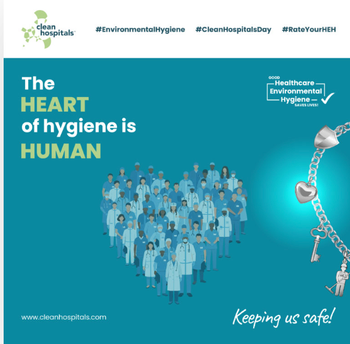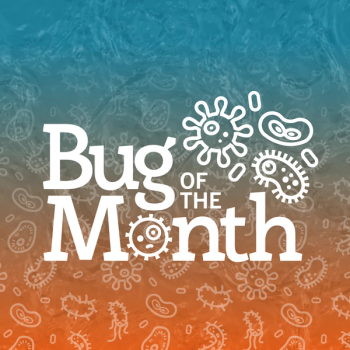
Were Zoo Workers Infected with Cancer-Causing Animal Virus?
ALEXANDRIA, Va. -- Evidence of exposure to a monkey virus possibly related to cancer has been found in the blood of North American zoo workers, according to a study in the Dec. 15, 2004 issue of The Journal of Infectious Diseases, now available online.
The virus, a polyomavirus known as simian virus 40 (SV40), has long been a subject of public health concern, in part because it has been shown to cause cancer in laboratory animals, and some investigators have reported SV40 DNA in human tumors.
The authors, Eric A. Engels and co-workers at the National Cancer Institute, National Institutes of Health in Rockville, Md., the Centers for Disease Control and Prevention in Atlanta; and The Johns Hopkins University School of Medicine in Baltimore, Md., studied 254 zoo workers, 109 of whom handled primates extensively and the remainder not at all. An antibody assay showed that SV40 reactivity was more common among primate workers (23 percent) than among the other workers (10 percent). These low rates, which suggested absence of ongoing SV40 replication, contrasted with assay results showing 85 percent and 56 percent reactivity, respectively, for two other polyomaviruses, BK and JC, which are highly prevalent in humans and establish lifelong infection.
When the investigators used particles of SV40, BK, and JC to evaluate whether SV40-positive reactions were specific or represented cross-reacting antibody responses, only 14 of 29 subjects demonstrated specific reactivity. Engels and coworkers commented that this suggested that much of their SV40-positive results were probably due to BK or JC virus cross-reactivity.
The investigators cautioned that there is as yet no definitive evidence that SV40 can persistently infect humans, and that the health consequences of SV40 exposure, including the risk of cancer, are still unknown. Nevertheless, they concluded that their study "suggests that individuals who work closely with nonhuman primates are occupationally exposed to SV40," and that further studies of the issues involved are needed.
In an accompanying editorial, Keerti Shah of The Johns Hopkins University Bloomberg School of Public Health, Baltimore, Md., commented, "Although humans in contact with primates may become infected with SV40, currently available evidence does not suggest that SV40 circulates independently in the community or that it contributes to the development of any human cancer."
Because of uncertainties in the evidence, however, he recommended further studies, including closer study of those exposed to primates, "that investigate the 'full signature' of SV40 infection" like genomic sequences, transcripts, antibodies, and T cell response.
Source: IDSA
Newsletter
Stay prepared and protected with Infection Control Today's newsletter, delivering essential updates, best practices, and expert insights for infection preventionists.





